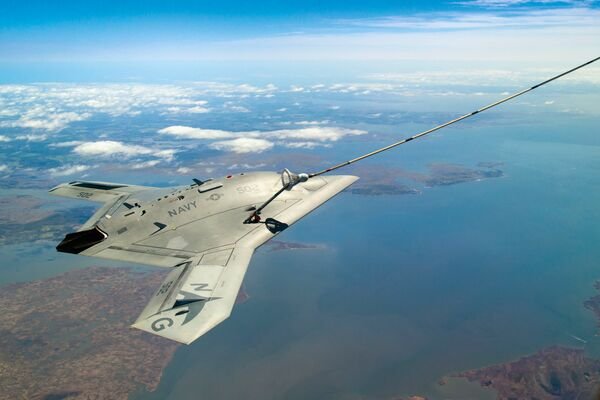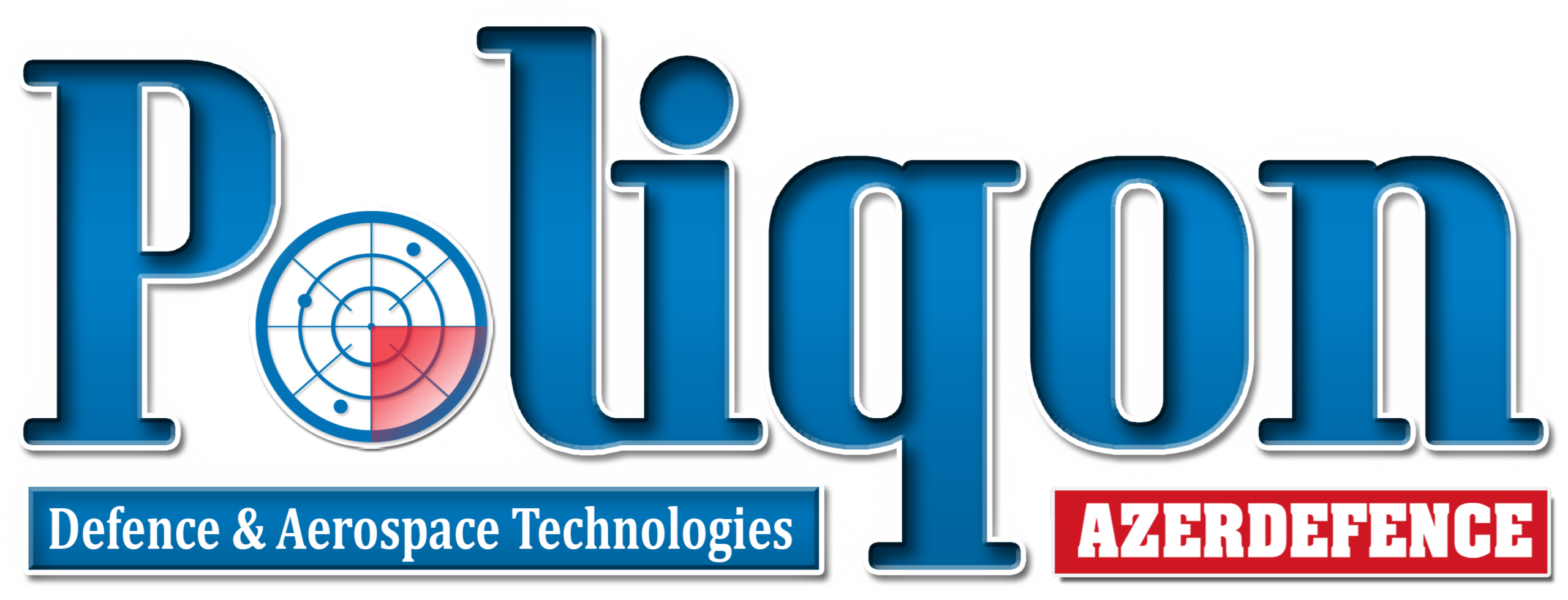
US Navy launches autonomous technologies strategy
The US Navy’s (USN’s) new autonomous technologies strategy seeks to accelerate development and deployment of intelligent platforms, linked through a highly distributed command-and-control (C2) architecture, to provide the necessary combat hardware to enable the sea service’s Project Overmatch requirements.
 The Intelligent Autonomous Systems (IAS) strategy, as per senior service leaders, will be a “confluence of autonomy with unmanned systems and artificial intelligence (AI) ” – from technology development and acquisition management to system maturation and infrastructure support across the enterprise, according to the strategy.
The Intelligent Autonomous Systems (IAS) strategy, as per senior service leaders, will be a “confluence of autonomy with unmanned systems and artificial intelligence (AI) ” – from technology development and acquisition management to system maturation and infrastructure support across the enterprise, according to the strategy.
“IAS has the potential to provide high-impact, transformative operational and administrative capabilities in peacetime and wartime. These strategic goals cultivate a continuous development and operationalisation process for evolutionary and disruptive IAS technologies and concepts,” the strategy stated. “They also drive the adoption of operational IAS-based capabilities to provide continuous, effective, and efficient support … across all phases of force development and force application,” it added.
The AI-enabled technologies and platforms developed under the IAS, as well as the USN’s Unmanned Campaign Framework plan issued in March, will likely feed into operational requirements outlined by senior service leadership for the Project Overmatch initiative.
The initiative is designed to develop and integrate resilient C2 networks to improve and accelerate the teaming of unmanned air, surface, and underwater vessels with manned weapons and platforms. Service officials see the initiative, which will underpin the service’s new Distributed Maritime Operations concept, as the service’s best chance to counter China’s rising presence in the Indo-Pacific region.


